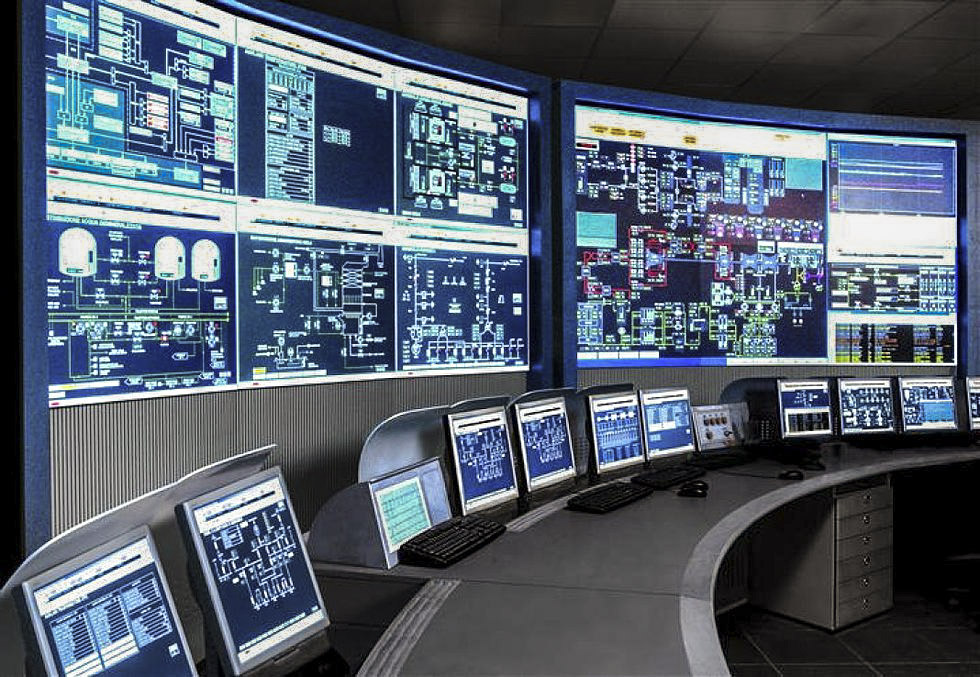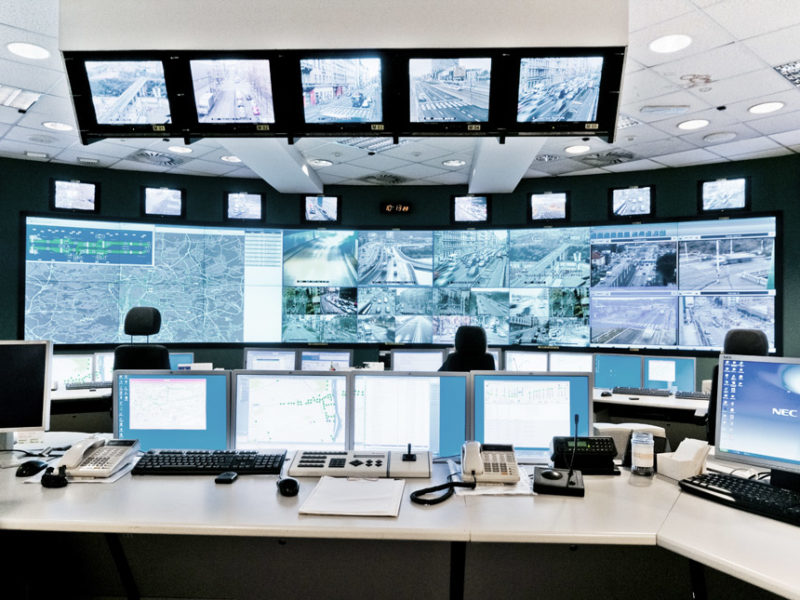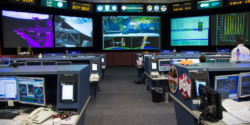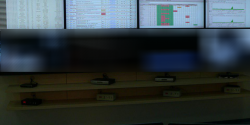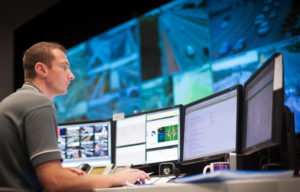What is a Situation Center?
Situation centers are among the most effective tools that make it possible to implement a situational approach with strategic management. It allows, based on a consistent, comprehensive analysis of dynamically developing situations, to prepare and make important managerial decisions, to identify the main trends that determine the dynamics of the situation and make decisions that can influence the development of this.
Classification of Situational Systems
By appointment, the situational modeling system can be divided into three main classes:
1) Situational display systems:
• Situational display centers;
• distributed systems of situational information display;
2) Dynamic Situation Simulation:
• specialized,
• adaptive;
3) Analytical Situational Systems:
• situational management systems
• analytical situational centers,
• expert real-time systems.
Primary Task
The main task of situational centers is to build visual images of situations that arise in the subject area for making managerial decisions. Situation center necessarily includes:
a) the operational staff, which solves a certain set of tasks;
b) information models and pictures of very complex, complex, dynamic situations of the real world;
c) situational hall of management (supervision), equipped with a powerful computing environment.
Dynamic simulation of situations is possible by solving the direct task (specialized systems) – the task of the source data with the further analysis of emerging situations in situational information display systems and analytical situational systems; Inverse Problem (Adaptive Systems) – To describe the possible situations, their relationships, and the order of origin with the help of simulation (dynamic) simulation to determine the source data.
The Analytical Situational systems, including the situational management systems , implement the principle that the number of system states is large, the number of possible solutions and situations is limited, and the decision is made depending on the situation, that is, based on the initial data it is necessary to determine the situation and make the appropriate decision.
Situational Approach
The situational approach allows the manager, along with the system approach, which gives a complete representation of the object of management and its functioning in the external environment, to effectively manage the development of a specific managerial situation.
Situation centers are used in the development of strategic decisions based on the analysis of introductory information about the situation, to make decisions, and also contribute to the development of its correct understanding and vision, taking into account the dynamics of its change, as well as systematic search for a strategic decision that leads to the achievement of the goal. We emphasize that the well-organized work of the situational center allows you to prepare and make informed, strategically important decisions, to avoid many managerial mistakes in traditional approaches to management, based mainly on the principle of own trial and error.
Situation centers provide an opportunity to conduct a preliminary analysis of the situation, monitor the course of its change and anticipate its expected changes. This makes the situational approach much more effective, thus avoiding, at times, significant losses of resources and time.
Situation Center and its structure
In the most general form, the Situation Center (room or hall) can be called a room where the current situation is observed or the situation is analyzed. This definition is inaccurate, as it satisfies any room with an observer and television transmitting news about the situation in the country. If in such a room there is also a radio, telephone, fax, computer and geographic map, then this will be Personal Situation Center.
To answer the question about who or what forms the situation and who conducts their analysis, it is proposed to divide the situational centers into external (to assess the situation of interaction with the external environment) and internal (to assess the interaction of internal structural units at the level of reflection, modeling, analysis, or management).
The Situational Center structure of the center, as well as any information system, includes a functional structure and various types of provision (informational, mathematical, technical, organizational, personnel, linguistic, etc.).
The Functional structure of the situational center necessarily involves the presence of three basic modules that are responsible for both the dynamic (simulation) simulation of the behavior of the external and internal environment, and for their interaction. Of great significance is the Information Infrastructure consisting of a set of programs and information streams that provide the operation of the base modules and the visualization of the situational center. This includes all types of situational modeling systems that have been considered before. A distinctive feature of any situational center is the presence of a geographic information system in it.

